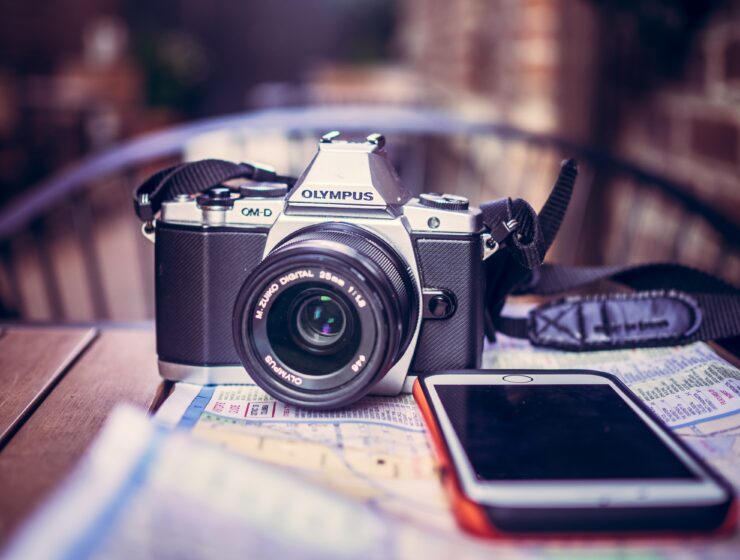Photography competitions such as the K12 In Focus photography competition offer an excellent opportunity for photographers to showcase their skills and gain recognition for their work. However, winning a photography contest is no easy feat. It requires more than just having expensive equipment; it demands a deep understanding of composition techniques that can make your photos stand out. Lets explore some essential composition techniques that can help increase your chances of winning a photography contest.
- Rule of Thirds
The rule of thirds is a fundamental principle of composition. Imagine dividing your image into nine equal parts with two equally spaced horizontal and vertical lines. The four points where these lines intersect are called “power points.” Placing your subject or key elements near these power points can create a visually appealing and balanced composition. This technique helps draw the viewer’s eye to the focal point of the image, making it more engaging and impactful.

- Leading Lines
Leading lines are lines within the frame that lead the viewer’s eye towards the main subject or a point of interest in the photo. These lines can be straight, diagonal, or curved and can be found in various subjects such as roads, rivers, fences, or even a row of trees. Utilizing leading lines effectively can add depth and perspective to your images, making them more visually appealing and dynamic.
- Symmetry and Patterns
Symmetry and patterns can create striking and captivating compositions. Look for naturally occurring symmetry or man-made patterns in your surroundings. Symmetrical compositions can evoke a sense of balance and harmony, while patterns can add a mesmerizing rhythm to your photographs. Be patient and observant, as finding these elements often requires a keen eye for detail.

- Foreground, Middleground, and Background
Creating depth in your photos is crucial for winning a photography contest. By incorporating elements in the foreground, middleground, and background, you can give your images a three-dimensional feel. This technique helps to establish context and adds layers of interest to your composition. Consider using a wide aperture to blur the background and make your subject stand out if necessary.

- Negative Space
Negative space refers to the empty or unoccupied areas around the subject. Sometimes, less is more, and allowing for negative space can emphasize the subject’s importance and create a sense of tranquility or isolation. Experiment with negative space to evoke specific emotions and draw the viewer’s attention to what matters most in your image.

- Framing
Framing is a technique where you use elements within the scene to frame your subject. This can include natural elements like archways, windows, or trees, or even human-made structures. Framing adds context and can draw the viewer’s eye towards the subject, creating a visually pleasing composition that tells a story.

- Color Theory
Understanding color theory is vital for creating impactful compositions. Colors can evoke emotions and set the mood of your photograph. Complementary colors (opposite on the color wheel) can create a vibrant contrast, while analogous colors (adjacent on the color wheel) can create a harmonious and soothing feel. Experiment with color combinations to convey the desired emotions and atmosphere in your images.
Winning a photography contest is not just about having technical skills or expensive gear; it’s about mastering the art of composition. By incorporating these composition techniques into your photography, you can significantly enhance the visual impact of your images and increase your chances of winning contests. Remember that practice and experimentation are key to improving your skills as a photographer, so keep honing your craft and never stop learning. Good luck, and don’t forget to submit your work to the K12 In Focus Photography Competition by October 16th!




